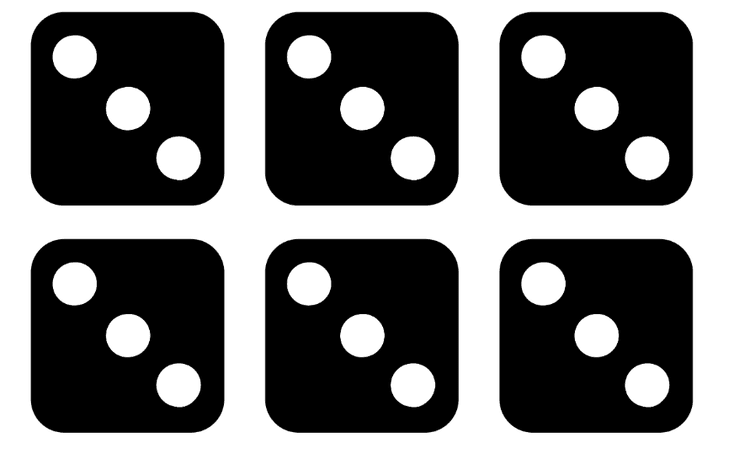Represent counting in sevens as the 7 times table
I can represent counting in sevens as the 7 times table.
Represent counting in sevens as the 7 times table
I can represent counting in sevens as the 7 times table.
These resources will be removed by end of Summer Term 2025.
Lesson details
Key learning points
- Counting in sevens is the pattern of the 7 times table.
- Counting in sevens can be represented in different ways.
- Counting in sevens can help you to solve problems.
Keywords
Multiple - A multiple is the result of multiplying a number by another whole number.
Skip count - Counting in steps of equal size. For example, skip counting in twos means to count in equal steps of two.
Common misconception
Pupils may think that the 7 times table is just counting by sevens without recognising it as multiplication.
Emphasise that the 7 times table is not just counting by sevens but a series of products of 7 and whole numbers (e.g., 7 × 1, 7 × 2, etc.).
To help you plan your year 4 maths lesson on: Represent counting in sevens as the 7 times table, download all teaching resources for free and adapt to suit your pupils' needs...
To help you plan your year 4 maths lesson on: Represent counting in sevens as the 7 times table, download all teaching resources for free and adapt to suit your pupils' needs.
The starter quiz will activate and check your pupils' prior knowledge, with versions available both with and without answers in PDF format.
We use learning cycles to break down learning into key concepts or ideas linked to the learning outcome. Each learning cycle features explanations with checks for understanding and practice tasks with feedback. All of this is found in our slide decks, ready for you to download and edit. The practice tasks are also available as printable worksheets and some lessons have additional materials with extra material you might need for teaching the lesson.
The assessment exit quiz will test your pupils' understanding of the key learning points.
Our video is a tool for planning, showing how other teachers might teach the lesson, offering helpful tips, modelled explanations and inspiration for your own delivery in the classroom. Plus, you can set it as homework or revision for pupils and keep their learning on track by sharing an online pupil version of this lesson.
Explore more key stage 2 maths lessons from the 7 times table: odd and even patterns, square numbers and tests of divisibility unit, dive into the full secondary maths curriculum, or learn more about lesson planning.

Licence
Starter quiz
6 Questions



36
24
56
30
90
Exit quiz
6 Questions

35
21
42
56


